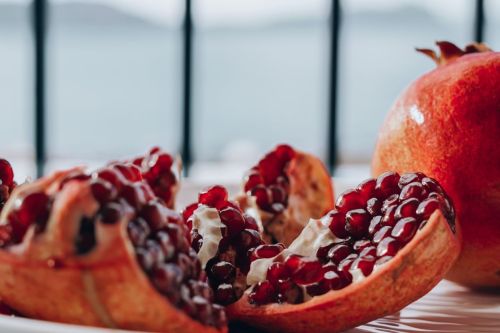Although we know this plant as mountain ash, its scientific name is Sorbus aucuparia. It is a pioneer plant thanks to its frost resistance and low requirements, thanks to which it has spread throughout Eurasia. Even though its range is so wide, it has not managed to reach Japan.
It has a number of uses in folk medicine, but it is also planted for ornamental purposes and as a soil-strengthening plant in mountainous areas.
The rose family includes 4828 species divided into 91 genera. There are five subspecies of rowan.
Rowan minerals were found in the Ankara province in Turkey. It is therefore possible that it comes from this region.
It reaches sizes ranging from 5 to 15 meters and often has many trunks topped with a loose, irregularly shaped crown.
Of course, as with any living organism, there are long-lived specimens. An example of such an old rowan tree is a specimen growing in Świnoujście, Poland, which is over 130 years old.
Rowan can be found in the south of Spain, Greece, and on islands such as Sardinia, the Azores, the Balearic Islands, and in the north on the Faroe Islands and Iceland.
It grows well in permeable soils, but also thrives in sandy ones.
It can reach 40 cm in diameter and the branches grow upwards.
Rowan flowers are composed of 5 white petals, about 5 mm long, and forming a circular shape. They grow in umbels, i.e. clustered inflorescences. They are pollinated by bees and flies, which attract with the characteristic smell of bitter almonds.
Their diameter is approximately 8 mm. Before they ripen, which happens between August and October, they are green. Like flowers, they grow in clusters that usually consist of 80 to 100 fruits. They are inedible in their raw state due to the content of parasorbic acid, which is poisonous.
Rowan berries are eaten by about 60 species of birds and some mammals. Since the seeds are not digested by these animals, they are dispersed in their excrement.
Litter near rowan trees should be carefully monitored because it may lead to the fire spreading rapidly.
They are used to make juices, jams, mousses, marmalade, and fruit vodka called rowanberry. However, before preparing for consumption, remember to scald or freeze the rowan fruit to get rid of the bitterness and poisonous parasorbic acid.
Such fruits are edible raw and have a larger diameter than the "classic" rowan.
They contain large amounts of vitamins B3, C, E, K, and P and small amounts of vitamin A.












